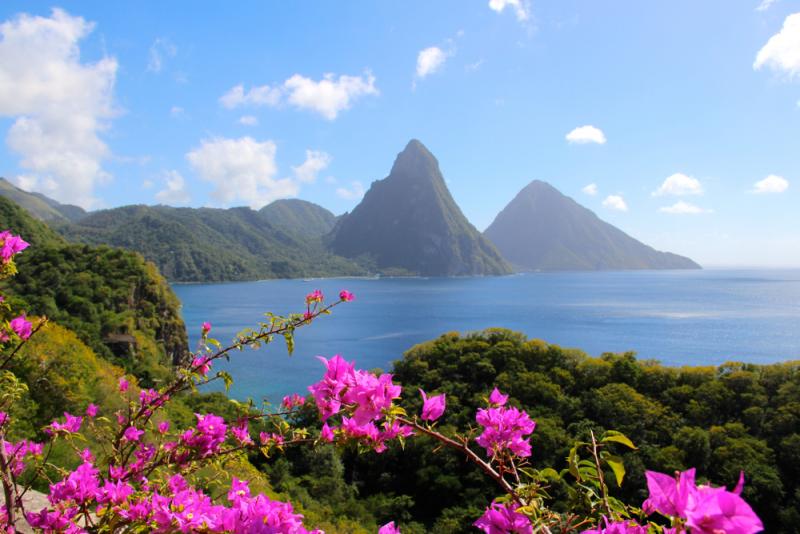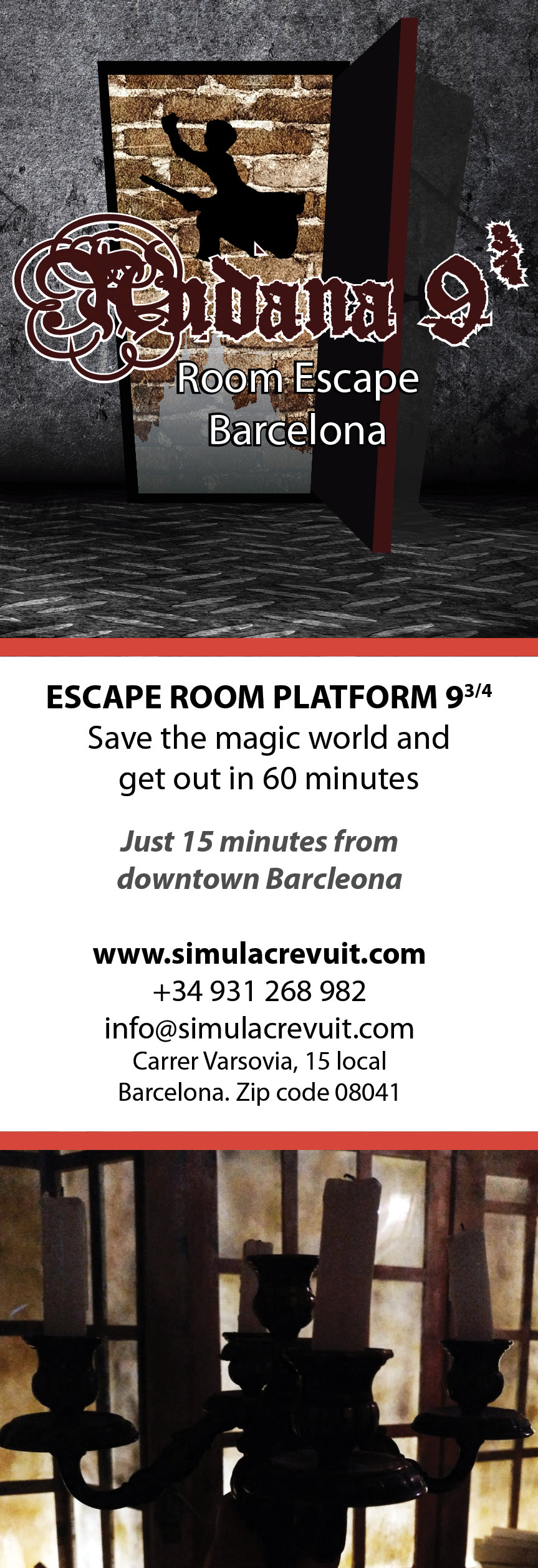
Ten Reasons to visit St. Lucia
Nestled amongst lavish Caribbean islands such as Martinique, St. Vincent and Barbados, St. Lucia presents an enviable combination of breathtaking scenery, idyllic beaches and rich culture. Measuring just 40 kilometres long and 22 kilometres wide, St. Lucia provides an authentic Caribbean experience, offering visitors the chance to immerse themselves into a vibrant way of life and explore the stunning natural landscape. St. Lucia’s complex pasts now benefits the country with a melting pot of French, African, East Indian and English cultures, which together create a unique destination that offers far more than a standard beach holiday. St. Lucia is the definition of a heavenly island paradise.
The Pitons
The iconic Pitons are some of the most iconic mountains on Earth. Towering out of the sea, the twin peaks of Gros Piton and Petit Piton, are as emblematic to the island as the Eiffel Tower is to France. These volcanic pinnacles stand over 700 metres above the ocean and form an unmistakable sight on the St. Lucian skyline. Despite its daunting appearance, Gros Piton is accessible to hikers without need for climbing equipment, and the peak offers stunning views of St. Lucia, as well as St. Vincent and Martinique on clear days. This UNESCO World Heritage Site stretches far beneath the waves with vast coral reefs covering the underwater realm; the great biodiversity here, both above and below the surf, is something to wonder at.
Beaches
When most people imagine the Caribbean, they picture white sand beaches with crystal clear water ─ and St. Lucia is no exception. This picturesque island has some of the most spectacular beaches in the Lesser Antilles. The majestic Anse des Pitons, for example, located between the two Piton peaks, with shining sand and soaring palm trees, is the pinnacle of Caribbean beach opulence. However, this is not the only noteworthy beach on St. Lucia’s coastline; Anse Chastanet, Anse Cochon and Reduit Beach all provide stunning tropical settings with lively coral reefs just a few feet from the shore, making them all great snorkelling spots. For turtle lovers, Grande Anse is the ideal place to visit; between mid-March to the end of July campers can marvel as leatherback turtles ascend from the waves.
Sulphur Springs
Located near the south-western town of Soufrière, is a volcano with inactive sulphur springs that have not erupted since the 1700s; yet, remarkably there are still hot springs and mud pits around the area. Away from the hot centre of the volcano, the mud, which has many healing properties, is cool enough to bathe in, making it a popular tourist attraction. Nearby is a stunning waterfall that tourists can use to clean themselves after their sticky mud bath, by allowing the water from this natural rainforest shower fall 15 metres onto their heads. If you get the chance, a tour of the sulphur spring is a charming way to learn more about the incredible history and science behind this spectacle of geology, while simultaneously taking in the magnificence of the beautiful views.
Rainforest
With some of the most luscious and strikingly green vegetation of any Caribbean island, St. Lucia’s national rainforest covers 19,000 acres of characterful mountains and valleys. With a spectacular topography and ecology of magnificent beauty, the forest is home to an enormous assortment of wildlife and vegetation. Visitors can observe exquisite wild anthurium lilies, colossal gommier trees and an extensive variety of other flora and fauna. Camouflaged by the foliage, hikers may even walk by a green Iguana, a Boa Constrictor and maybe even hear the cries of the vulnerable Jacquot ─ St. Lucia’s national bird. Exploring this primeval rainforest is like getting lost in the forest of your childhood imagination.
Diving
With an expansive coral reef, the natural spectacles of St. Lucia extend below the waves into underwater seascapes, creating the most colourful and picturesque diving spots in the Caribbean. Diving facilities are abundant in St. Lucia; with a number of five star PADI centres, it is the ideal location for divers of all abilities to practise their skills. The most popular diving area is situated on the Soufrière Marine Reserve where divers can explore sites such as the Anse Chastanet and the Coral Gardens, as well as the artificial reefs created by the Lesleen M and Daini Komoyaru shipwrecks. For those less experienced divers, the transparent waters of the majority of St. Lucia’s beaches make this the ideal place to observe an array of underwater inhabitants with just a snorkel.
Soufrière
Located on the west coast of the island, Soufrière is the historical old capital of St. Lucia. Named by French Colonists in the 1700s, its name literally translates to ‘sulphur in the air’ and is a term used in French to describe any volcanic territory. This town is considered to be the islands’ tourism capital due to its proximity to numerous attractions such as the geothermal system in Soufrière, the Pitons and the breathtaking Diamond Falls. Its rich and diverse heritage is obvious to the observer due to the abundance of French colonial architecture in the area. With annual celebrations for their Independence Day, Carnival, Soufrière Creole Jazz festival and Christmas festivities, this community encapsulates the beauty, heritage and lively spirit of St. Lucia.
History
St. Lucia has a complex and lengthy history punctuated by significant periods of colonial rule. Rule of the island has exchanged hands between France and Britain nearly a dozen times, and the island only achieved full independence in 1979. However, this provides St. Lucia with an extensive number of historical monuments including multiple forts built during the time of the Seven Years War and the French Revolution. With influences from France, Africa, England and East India, St. Lucia has an incredibly unique history and culture. This depth of history is no more apparent than on Pigeon Island at the top of Rodney Bay, where Arawak and Carib artefacts date from 1000 A.D. The island is also where Admiral George Rodney built his famous namesake fort.
Castries
Located on the north-western coast the idyllic capital of St Lucia, Castries, is a delight. The majestic Morne Fortune hill serves as the scenic setting of this capital city. Most of the historic buildings were lost in major fires between 1785 and 1948, but the majority of the city has been rebuilt and still maintains the lively spirit of Castries past. Its colourful buildings and colonial influence can be seen throughout the city. This city is a popular port for cruise ships and has a bustling tourist trade, with many lively stores and markets, and numerous significant sights such as the Cathedral Immaculate Conception, Derek Walcott Square, the city library, the Government House and Fort Charlotte. This city is perfect for the traveller wanting to embrace the rich heritage the island has to offer.
Waterfalls
There is something quite awe-inspiring about waterfalls that make you feel like you’ve been transported to a mystical world. Luckily, St. Lucia has some of the most beautiful waterfalls in the Caribbean. One of the most famous of the islands’ waterfalls is the Diamond Falls. Located in the Diamond Botanical Garden, this breathtaking sight stands at around 15 metres tall and is laced with natural minerals that give the water a colourful sheen. The Sault Falls, Anse La Raye Falls and Spyke Falls are just a few of the other remarkable waterfalls located on the island. Indeed, you can only fully immerse in St. Lucia if you visit at least one of its many waterfalls. The island paradise is so abundant with waterfalls that they have become an iconic part of its image.
Chocolate
In the south-western corner of St. Lucia, amongst the sheer peaks and plunging rainforest valleys, lies the 140-acre Rabot Estate. Notably, this is the cocoa growing estate for the world famous Hotel Chocolat. The islands’ fertile soil, high altitude and rainforest water creates the perfect environment for growing cocoa beans. Hotel Chocolat also runs the boutique Boucan Hotel, which features stunning views of the 250-year old estate and the Piton Mountains. Unsurprisingly, a chocolate theme runs throughout the hotel with tours of the cocoa groves and opportunity to create your own chocolate make Rabot Estate well worth a visit. St. Lucia truly is a chocolate lover’s paradise.
Share this article:



















